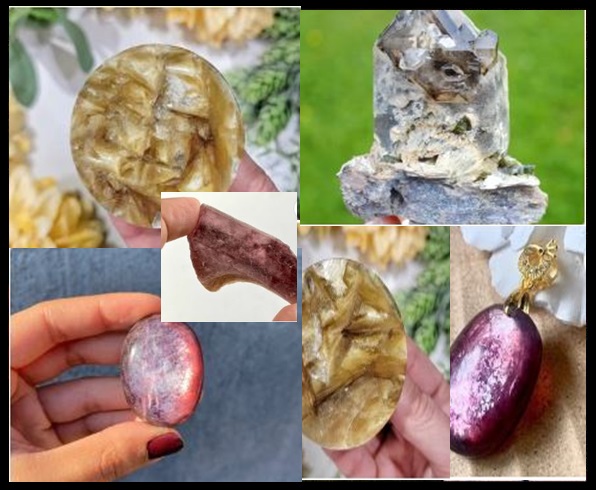What is lepidolite muscovite?
Lepidolite and muscovite are two separate mineral species belonging to the mica group of minerals. Lepidolite is a lilac-gray to pink mineral that is rich in lithium and is commonly used as a source of the element. Muscovite, on the other hand, is a light-colored mineral that is usually clear to opaque and is characterized by its silvery, reflective appearance.

Both minerals are often found in metamorphic rocks and can be used in various industrial applications, including as insulators and fillers. In the realm of spirituality and crystal healing, both lepidolite and muscovite are believed to have specific properties and uses, but these claims are not scientifically established.

What does lepidolite muscovite mean?
Lepidolite is a type of mica mineral that is known for its lithium content, making it a popular stone for stress and anxiety relief. Its violet-gray to pink coloration is often mottled with white and is said to help calm emotions, soothe the mind, and bring about a sense of peace and tranquility.
Muscovite is another type of mica mineral that is known for its silvery, reflective appearance. It is said to enhance self-awareness, promote mental clarity, and stimulate problem-solving abilities. It is also believed to aid in the release of negative emotions and increase one’s ability to adapt to change.
In terms of healing properties, both lepidolite and muscovite are said to have beneficial effects on the physical, emotional, and spiritual levels. Some people use these stones in meditation, crystal healing, and chakra work to enhance their spiritual practice and promote well-being. However, it’s important to note that these beliefs are not scientifically proven.








